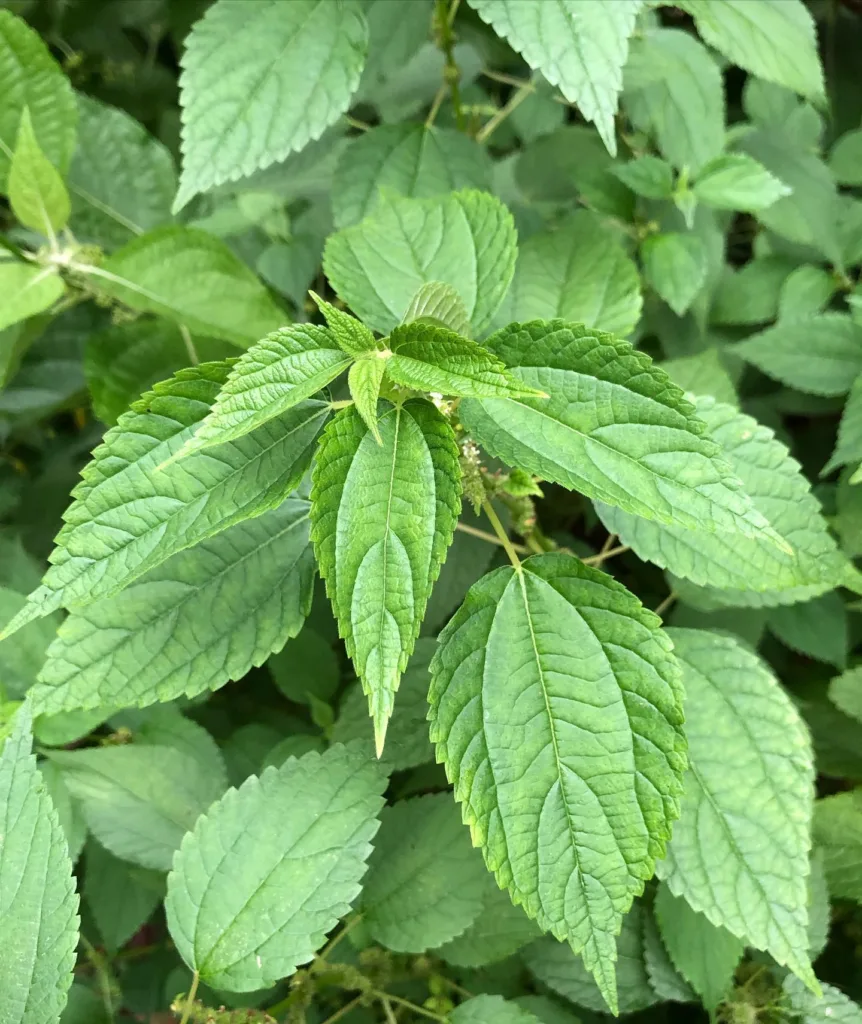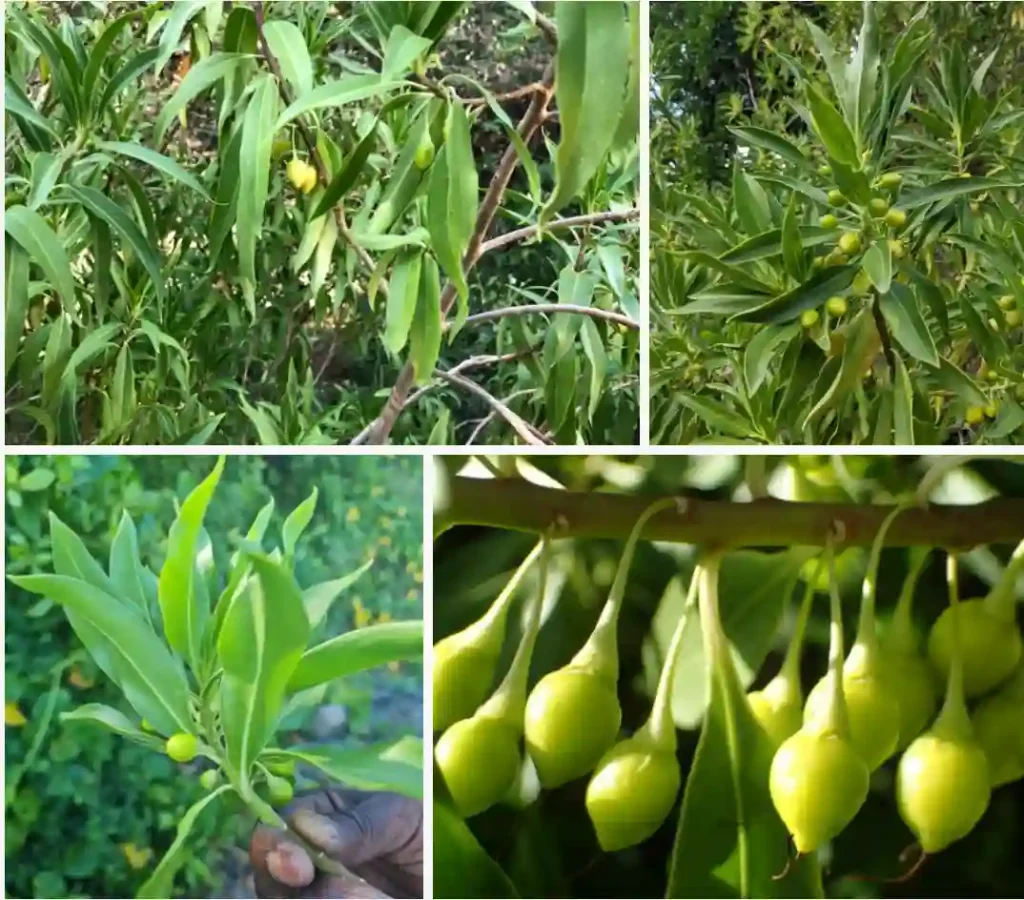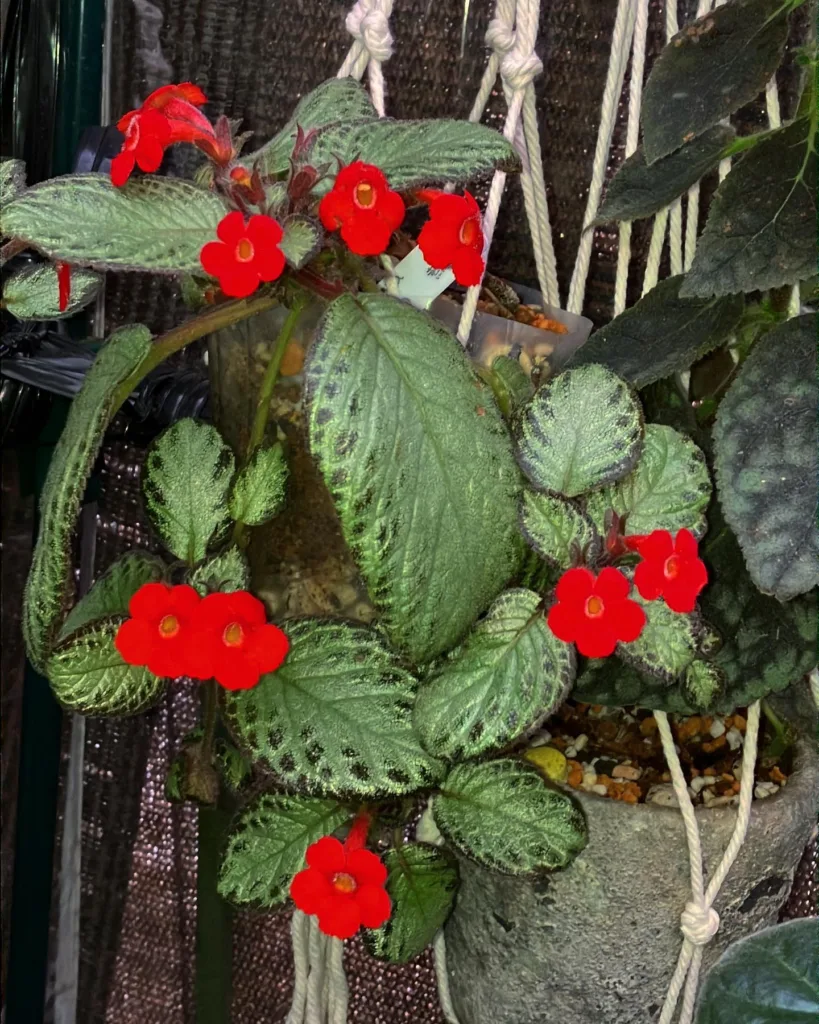FAQs About Pink Ice Protea
When it comes to striking and unique plants, Pink Ice Protea is one that never fails to catch attention. The plant’s beautiful blush-colored blooms and hardy nature make it a favorite for gardeners looking to add something extraordinary to their landscape. After growing this lovely plant myself, I’ve come across many questions that people commonly ask about Pink Ice Protea. Let me walk you through the most frequent queries, including how to care for it, how to propagate it, and more.
107 Species in Genus Protea
What is Pink Ice Protea?
Pink Ice Protea is a hybrid plant, combining characteristics from different types of Proteas, particularly Protea compacta and Protea susannae. Known for its striking pink blooms that resemble large pincushions, Pink Ice Protea is a standout in any garden. It’s native to South Africa but is commonly grown in areas with a Mediterranean climate. This plant is also drought-tolerant and can handle cold weather better than many other Protea varieties.
How to Care for Pink Ice Protea?
Caring for Pink Ice Protea isn’t complicated, but there are specific conditions that will make the plant thrive. It requires full sun and well-draining soil, preferably with a sandy or gravelly texture. Overwatering is a common issue with this plant, as it dislikes having its roots constantly wet.
- Soil: Acidic soil with a pH between 5.0 and 6.5 works best.
- Watering: Water deeply but infrequently. Once established, it can survive drought-like conditions, so be cautious not to overwater.
- Fertilizing: Avoid phosphorus-rich fertilizers, as Proteas are sensitive to it. Stick to organic compost or a fertilizer designed for acid-loving plants.
- Pruning: Regular pruning is essential to encourage healthy growth. (More on pruning later!)
How to Propagate Protea Pink Ice?
Propagating Pink Ice Protea can be done either by seed or cuttings. From my experience, taking cuttings is the most effective way, though it can be a bit tricky.
- Cuttings: Take semi-hardwood cuttings from the plant during late summer. Make sure to select branches with healthy growth and avoid flowering shoots. Dip the cutting in rooting hormone and plant it in a well-draining mix of sand and peat moss.
- Seeds: If you’re feeling adventurous, you can propagate by seeds, although this method is slower. Start by soaking the seeds in warm water for 24 hours before planting them in a seed-raising mix. Keep them in a warm, sunny location. Be patient—germination can take weeks or even months!
How to Prune Special Pink Ice Protea?
Pruning is a crucial part of keeping your Pink Ice Protea healthy and blooming regularly. I recommend pruning right after flowering, in late winter or early spring.
- Remove Dead Flowers: Start by cutting off spent blooms. This helps redirect the plant’s energy toward new growth.
- Cut Back Straggly Growth: Trim any long, leggy stems to maintain a bushy shape.
- Avoid Cutting Too Low: Never prune below green growth, as cutting into the woody stems may prevent regrowth.
Regular pruning keeps the plant tidy and encourages more abundant flowering in the following seasons.
Can You Grow Pink Ice Protea Indoors?
While it’s possible to grow Pink Ice Protea in containers, it’s not ideally suited for indoor growing. The plant prefers full sun, and indoor conditions often don’t provide enough light. However, if you have a bright, sun-drenched spot, you could give it a try. Just make sure the container has excellent drainage to prevent root rot.
Is Pink Ice Protea Toxic?
Fortunately, Pink Ice Protea is not toxic to humans or pets, making it a safe addition to your garden if you have kids or animals. However, always wash your hands after handling plants, especially when pruning or propagating.
Common Problems with Pink Ice Protea
Even though Pink Ice Protea is hardy, there are a few issues you should watch out for.
- Root Rot: Overwatering or poorly draining soil is the most common culprit behind root rot. Ensure your plant is in a well-draining location and reduce watering during wet seasons.
- Phosphorus Sensitivity: Proteas are highly sensitive to phosphorus. Avoid using standard fertilizers high in phosphorus, as it can harm the plant.
- Leaf Burn: If you notice brown tips on the leaves, it could be from salt build-up in the soil. This often happens when there is too much fertilization or poor water quality.
What to Plant with Pink Ice Protea?
Because of its unique aesthetic, Pink Ice Protea pairs well with other low-water, Mediterranean-type plants. Some excellent companions include:
- Leucadendron: These plants belong to the same family as Proteas and share similar care needs.
- Lavender: Its low water requirements and complementary color make it a great companion.
- Succulents: Pairing Pink Ice Protea with drought-tolerant succulents like Agave or Aloe creates a water-wise garden with different textures.
Benefits of Growing Pink Ice Protea
There are several benefits to adding Pink Ice Protea to your garden:
- Low Maintenance: Once established, this plant requires minimal care.
- Attracts Wildlife: Pink Ice Protea’s nectar-filled blooms attract bees, butterflies, and other pollinators.
- Drought Tolerant: Perfect for water-conscious gardeners or those in arid climates.
How Does Pink Ice Protea Compare with Other Proteas?
Pink Ice Protea is often confused with other Protea species because of its similar appearance. Compared to Protea Cynaroides (King Protea), Pink Ice has smaller blooms and is more cold-tolerant, making it a better option for cooler climates. It’s also more manageable in terms of size, making it ideal for smaller gardens or containers.
Conclusion
Growing Pink Ice Protea has been one of the highlights of my gardening experience. Its unique beauty and relative ease of care make it a fantastic addition to any garden. Whether you’re propagating, pruning, or simply enjoying the beautiful blooms, Pink Ice Protea is a plant that rewards your efforts with stunning results.
If i die, water my plants!



